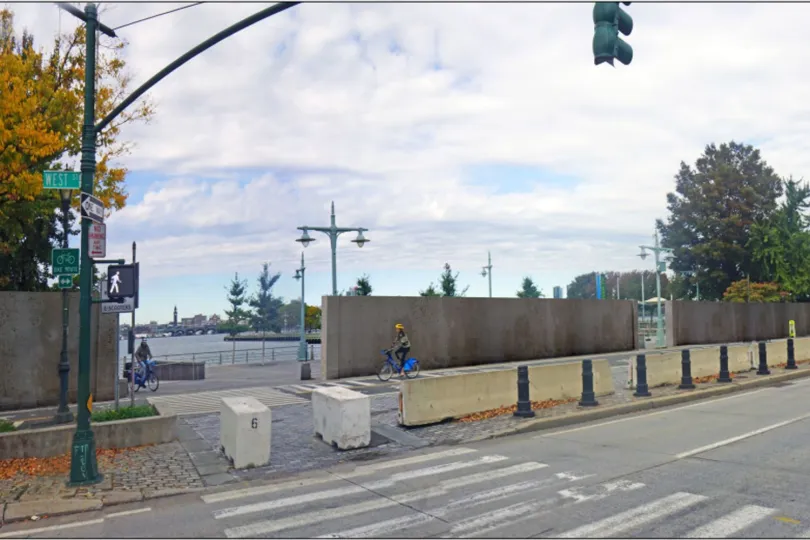Red-Flag Orders Skyrocket in New York City After State Strengthened Gun Laws
Allowed by law since 2019, Emergency Risk Protection Orders that bar certain people from buying guns were barely used. That changed in August.

 This article was originally published on by THE CITY
This article was originally published on by THE CITY
One night this past May, a father and son sat inside a Midtown Manhattan German beer hall chatting when the son began to grow furious for no apparent reason. Suddenly he exploded: “I will kill you with this beer glass. I will smash your head and face,” he yelled at his father.
As the father pulled out his cell phone to record the exchange, the son snatched it away and fled.

Brooklyn Boro
View MoreNew York City’s most populous borough, Brooklyn, is home to nearly 2.6 million residents. If Brooklyn were an independent city it would be the fourth largest city in the United States. While Brooklyn has become the epitome of ‘cool and hip’ in recent years, for those that were born here, raised families here and improved communities over the years, Brooklyn has never been ‘uncool’.